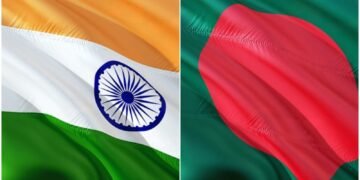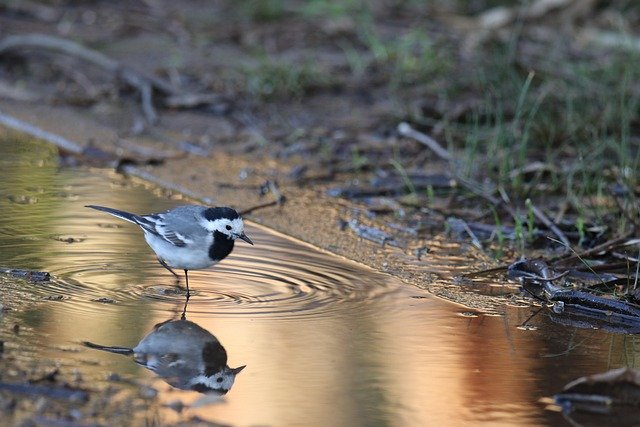The Fourth Asian Waterbird Census (AWC) 2025 has recorded 173 birds belonging to 14 different species in the wetlands of Meghalaya.
The census took place on February 11, 2025 and was carried out in Mawlyndep, Umbir, Lad Umsaw, Dew Saw and LumPongdeng, covering the wetland areas of Umiam Lake, Ri-Bhoi district.
Notable species identified during the census included the Great Cormorant, Great Crested Grebe and White Wagtail.
Other species observed included the Grey Heron, Indian Pond Heron, Little Cormorant, Pipit species, Oriental Darter, Little Grebe, Intermediate Egret, Little Egret, Common Kingfisher, Little Ringed Plover and Red-wattled Lapwing.
The Waterbird Census 2025 was organised by Meghalaya Biodiversity Board in collaboration with the Office of the Divisional Forest Officer (DFO), Khasi Hills Wildlife Division, Shillong.
The AWC is part of the global International Waterbird Census (IWC). It is a citizen-science programme supporting the conservation and management of wetlands and waterbirds worldwide done annually between the months of January and February.
Volunteers from across Asia and Australia participate in this effort, counting waterbirds in wetlands within their respective countries, in collaboration with National Waterbird Census programs.
The event saw the participation of a distinguished group of individuals, including Julius R.B. Blah, RFO of Lum Nehru Park, Khasi Hills Wildlife Division, Shillong. Scientists and Technical team from Meghalaya Biodiversity Board, Forest Department and Meghalaya State Wetland Authority also contributed to the success of the event.
Local Biodiversity Management Committees (BMCs) from nearby areas, including Umniuh Khwan, Mawlyndep and Umsaw Khwan were also involved in the census.
Dr. Dipankar Lahkar from Aaranyak and Nibir Medhi, Senior Biologist, Principal Chief Conservator of Forests and Head of Forest Forces, played a key role as experts, ensuring the accuracy and depth of the census.
The findings highlight the rich biodiversity of the region and underscore the critical role of wetland conservation in maintaining healthy ecosystems for waterbirds.
The data gathered through these annual censuses contribute to the management and protection of wetlands, supporting efforts to safeguard these vital habitats for migratory and resident waterbirds.
























